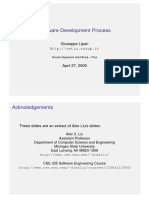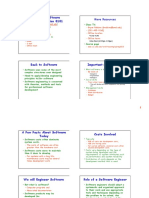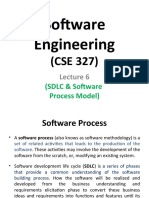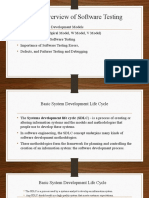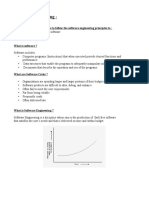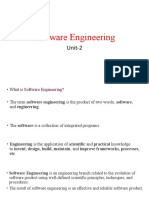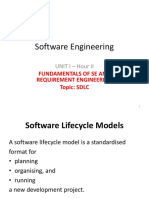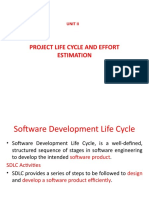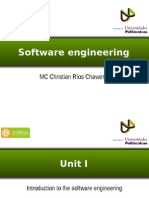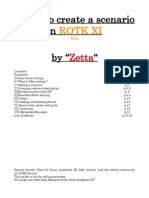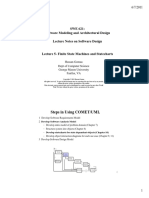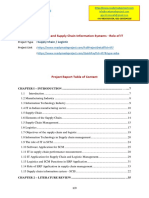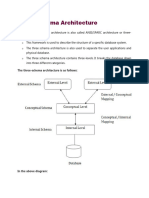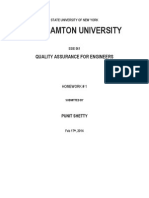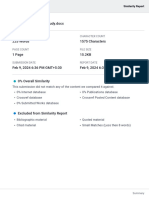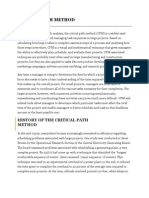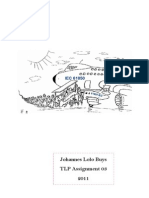0% found this document useful (0 votes)
113 views30 pagesSWE 621: Software Modeling and Architectural Design Lecture Notes On Software Design Lecture 1 - Introduction To Software Design
These are the lecture notes from week 3 MSSE600 at Regis University. The section of lecture notes covers the Software Design, and at the end of the course, this is the most important thing to take away.
Uploaded by
Laura CraigCopyright
© © All Rights Reserved
We take content rights seriously. If you suspect this is your content, claim it here.
Available Formats
Download as PDF, TXT or read online on Scribd
0% found this document useful (0 votes)
113 views30 pagesSWE 621: Software Modeling and Architectural Design Lecture Notes On Software Design Lecture 1 - Introduction To Software Design
These are the lecture notes from week 3 MSSE600 at Regis University. The section of lecture notes covers the Software Design, and at the end of the course, this is the most important thing to take away.
Uploaded by
Laura CraigCopyright
© © All Rights Reserved
We take content rights seriously. If you suspect this is your content, claim it here.
Available Formats
Download as PDF, TXT or read online on Scribd
/ 30







